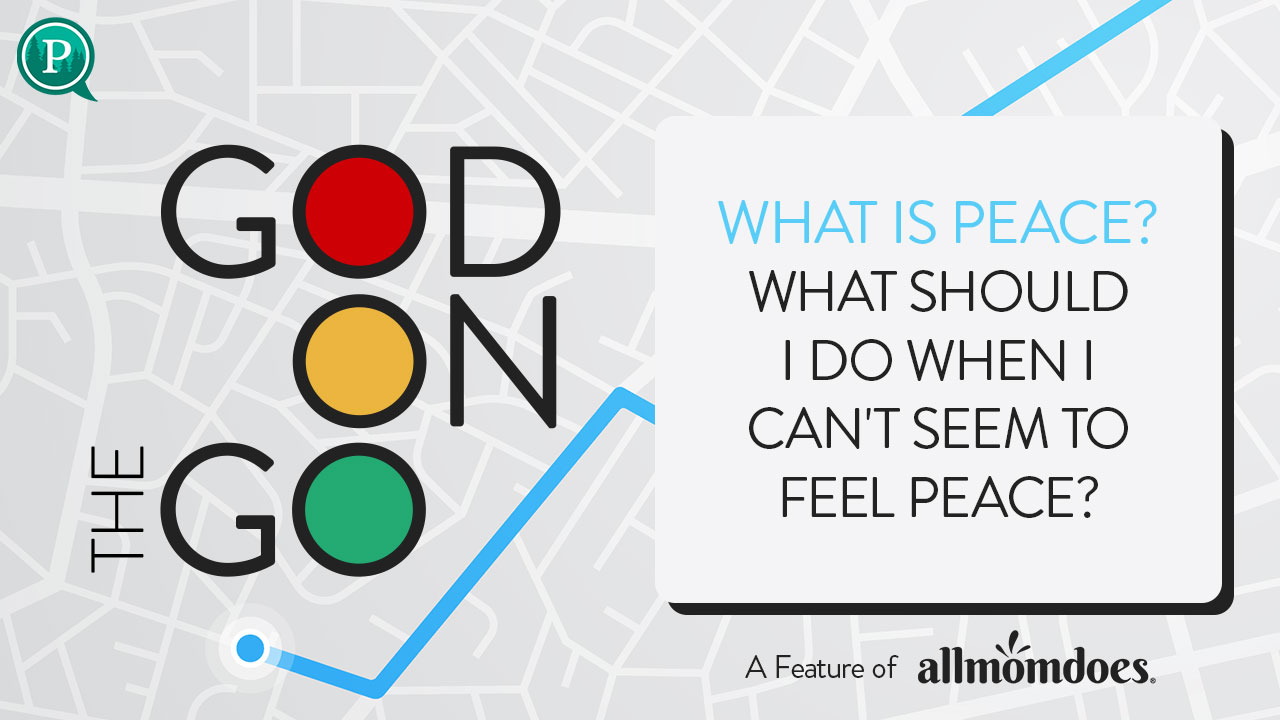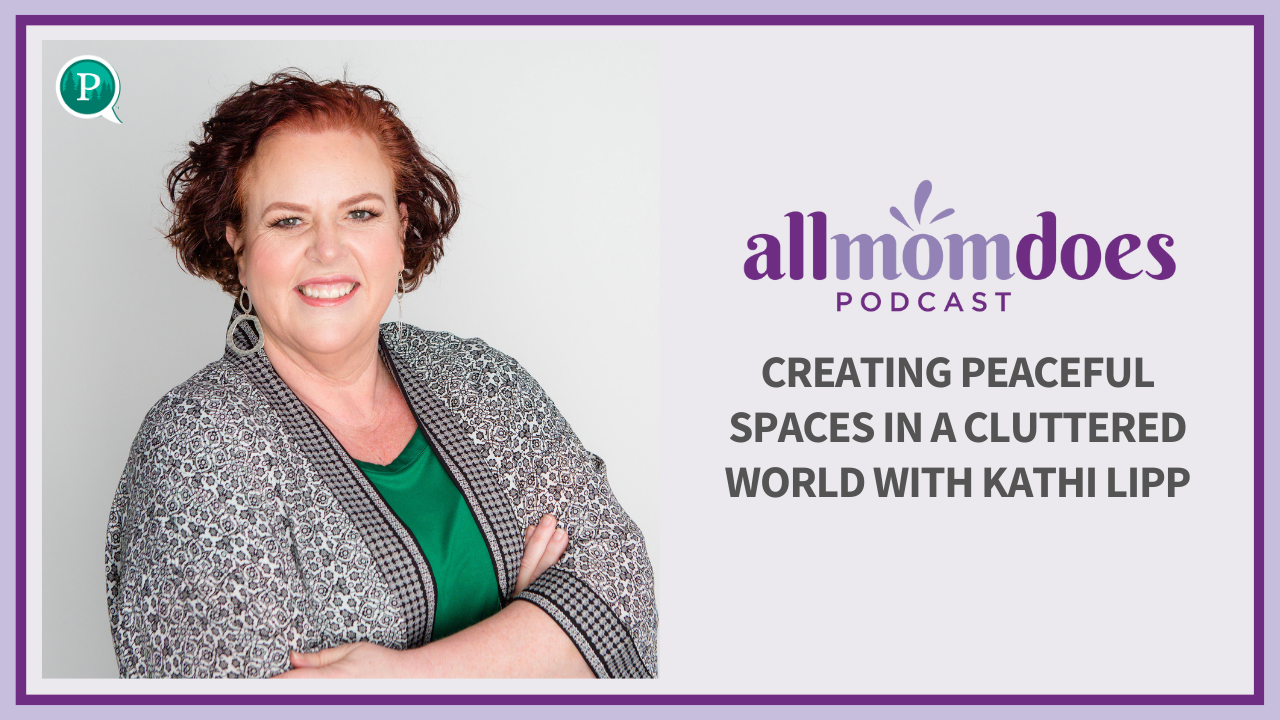Almost fifty years ago, Dr. Elisabeth Kubler-Ross interviewed her terminally ill patients and found that they shared some common traits. She wrote about the results in her 1969 book: On Death and Dying. And, the five stages of grief were born.
They are:
- Denial – “Not me, this can’t be happening.”
- Anger – “Why me? This is not fair!”
- Bargaining – “I promise to … if only …”
- Depression – “What’s the point? Who cares? Why go on?”
- Acceptance – “I can’t fight this, I might as well deal with it, it’s going to be ok.”
(Dr. Kubler-Ross’s model quickly grew to represent all forms of grief: illness, divorce, death, etc.).
Those of us who have dealt with a large amount of loss in our lives are very familiar with this model. At the best of times, it brings us comfort and a sense of structure in an out-of-control situation. At the worst of times, people hurl it at us like a weapon, telling us we’re moving through the stages too slowly and we need to speed things up.
And, we get it. It’s uncomfortable to watch someone you love suffering. So, the people around us tend to want to hold our hands and drag us through the steps until we arrive at the magical destination of acceptance and life (theirs) can return to normal.
But, here’s what they don’t understand:
There is no constant forward movement through the stages of grief. We might take a few steps and then grow tired and decide to set up camp in bargaining for a while.
Or, we may zoom along through the stages like an Olympic sprinter with the finish line in sight and then trip and fall and crawl our way back to denial.
We may move so slowly through the stages that onlookers feel it is their duty to tell us that we aren’t doing it right and their “aunt-cousin-friend” did it in half the time.
Or, we may even cross the finish line into acceptance and live there for years, only to find ourselves inexplicably back at the beginning facing the whole journey once again.
Sometimes, we find ourselves in a deep rut created by our endless, repeated circling through the stages. At that point, we may need professional help to climb out.
While Dr. Kubler-Ross gave us a model for grief, it remains a unique experience for each one of us.
And, while some may try to convince us it is a race we must run, in truth it is more like a cross between a scavenger hunt and an obstacle course.
For, while we never would have chosen to go on this scavenger hunt, there are pearls of wisdom and incredible acts of love to be found along the way. And, when we find them, we keep them close to our hearts, hoping against hope that they will prove to be exactly what we need to survive.
And, the path through the stages of grief is so full of obstacles, walls to climb and mud to slog through that it is a miracle that we make any headway at all. The assault on our minds, bodies and souls feels unrelenting and sometimes it is all we can do to put one foot in front of the other (much less find a finish line).
To all of you trying to traverse the stages of grief right now, I say this:
Travel in any order that feels right to you. Stop and rest along the way. Look for jewels in the dark places and feel free to revisit whichever stage you need to. Ask for directions when you get lost and for help when you get too tired to go on.
To all of you who want to support a loved one:
While you can’t (and shouldn’t) tell anyone how to grieve, you can be there to hold their hand, to offer emotional and physical support, and to listen.
And, while I have stressed that this is each person’s personal “journey”, I also want to say this:
Please ask for help if you need it.
Whether you contact a trained professional or create a team of people who have traveled the same course before, you don’t have to do this alone.

















